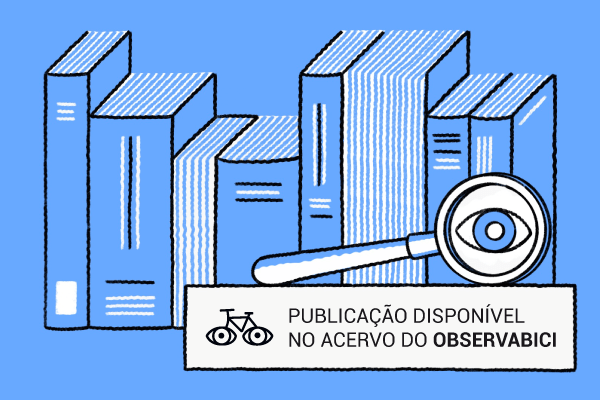Mixed method assessment of built environment and policy responses to the COVID-19 pandemic by United States municipalities focusing on walking and bicycling actions
Tipo de publicação
Artigo
Curso ou área do conhecimento
Saúde
Veículo
Journal of Transport & Health
Tipo de autoria
Pessoa Física
Nome do autor
Kelly R. Evenson et al
Língua
Inglês
Abrangência geográfica
País estrangeiro específico
País
Estados Unidos
Ano da publicação
2023
Palavra chave 1
Coronavírus
Palavra chave 2
Saúde
Descrição
Introduction: In 2020, the COVID-19 pandemic prompted community officials to initiate local level environmental and policy changes to slow the spread of infection and provide more opportunities for outdoor recreation. Changes in both regards could positively or negatively impact walking and bicycling. Using a mixed methods approach, the purpose of this United States-based study was to systematically describe municipal response to the pandemic at the community level through environmental and policy changes that may have impacted walking and bicycling. Methods: Websites of all United States’ municipalities with a residential population of at least 100,000 (n = 314) were searched to identify environmental and policy changes that might impact walking/bicycling as a result of the pandemic. When actions were identified, we systematically abstracted information from the websites. To provide more contextual information, we interviewed representatives from 12 municipalities about changes made at the municipal level as a result of the pandemic that could impact walking and bicycling. Interviews were recorded, transcribed, and coded for themes.
Results: For the 314 municipalities, we identified 353 actions resulting from the COVID-19 pandemic that may impact walking and bicycling. Approximately double the number of actions were identified in large-size municipalities (234 actions in 157 municipalities with population≥165,000) compared to mid-size municipalities (119 actions among 157 municipalities with population 100,000 to 164,999). Generally, fewer actions that might suppress walking and bicycling (n = 59) were identified in comparison to actions that would likely facilitate walking and bicycling (n = 294). In-depth interviews provided further context and insight into these results.
Conclusion: This mixed-method assessment provides an overview of the environmental and policy changes which may impact walking and bicycling that municipalities implemented in 2020 due to the pandemic. A next step in this line of inquiry is to quantify the impact of these changes on population levels of walking and bicycling and related health and safety outcomes.



 Ao navegar no Observatório da Bicicleta você concorda com os
Ao navegar no Observatório da Bicicleta você concorda com os